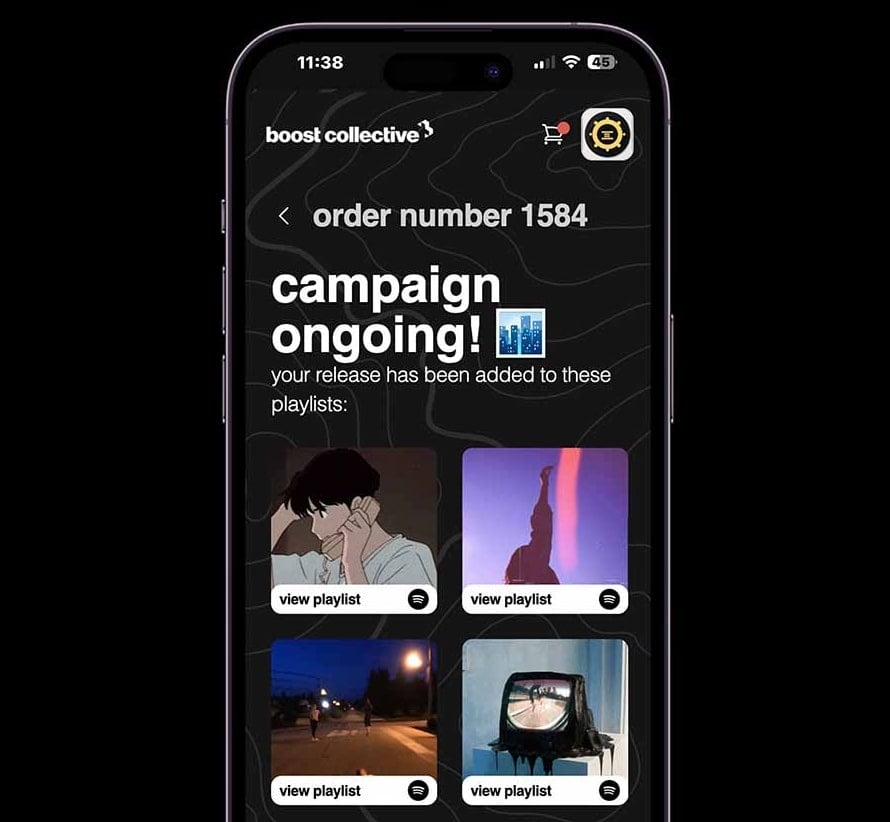Overview

If you're an upcoming artist or musician, have you ever wondered how to get your music featured on editorial playlists?
These playlists are curated by music platforms like Spotify and Apple Music and can help boost your music added visibility and reach.
But with so many talented artists vying for attention, how can you spotify artist who stand out?
Introduction
Editorial playlists have become an essential tool for artists to gain exposure and reach new fans. These playlists are put together by a full editorial team full of experts who select the best new music to feature.
Getting your music on one of these playlists can be a game-changer for your music career.
It's not easy to get your music featured on editorial playlists, but with the right approach, it's possible.
In this feature, we'll explore some effective ways to increase your chances of being selected for these coveted playlists.
From understanding the criteria used in the selection of listener playlists process to promoting your music to the right people, we'll cover everything you need to know to get your music on editorial playlists.
Understanding Editorial Playlists
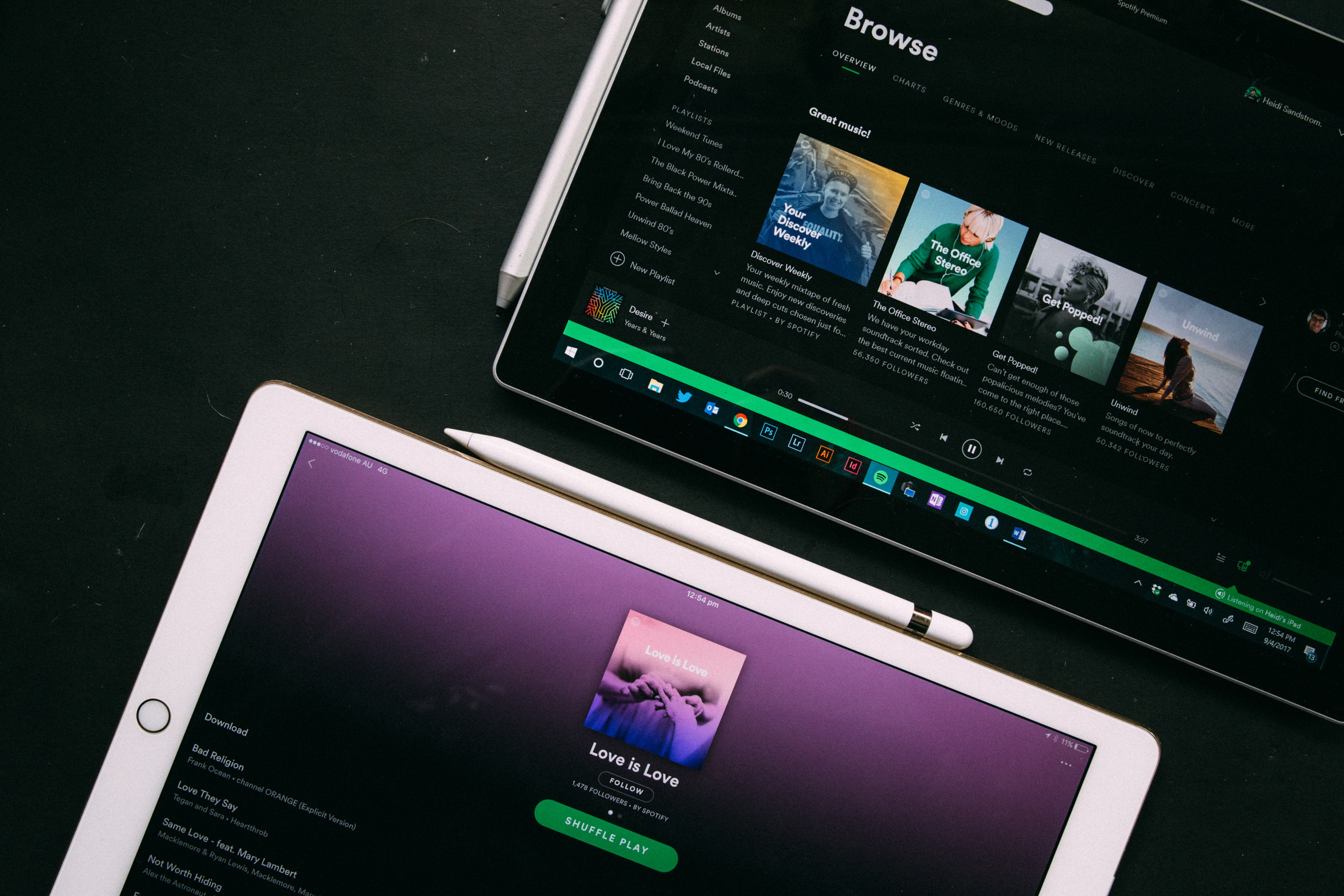
Types Of Editorial Playlists
Editorial playlists are curated collections of songs put together by music streaming platforms, music publications, or influential individuals within the music industry.
These playlists often have a specific theme, mood, or genre and aim to introduce listeners to new music or provide a cohesive listening experience, so editorial and algorithmic playlists are often not user-generated playlists commonly found on Spotify, Apple Music, etc. Here are some types of editorial playlists you may come across:
-
Genre-based playlists: These playlists focus on specific music genres such as pop, rock, hip-hop, electronic, country, jazz, classical, etc. They showcase the best and latest songs within a particular genre.
-
Mood-based playlists: These playlists are created to match a specific mood or atmosphere. Examples include playlists for relaxing, partying, working out, studying, driving, or feeling nostalgic. They often feature songs with similar tempos, energy levels, or lyrical themes.
-
Artist spotlight playlists: These playlists are dedicated to showcasing the work of a specific artist or band. They typically include the artist's popular tracks, collaborations, and sometimes even lesser-known songs or deep cuts.
-
Discover and new music playlists: These playlists are designed to help listeners discover emerging or underrepresented artists. They often feature a mix of established and up-and-coming musicians, providing exposure to new talent.
-
Seasonal or holiday playlists: These playlists are created to celebrate specific seasons, holidays, or events. Examples include Christmas playlists, summer vibes playlists, Valentine's Day playlists, or playlists for special occasions like Halloween or New Year's Eve.
-
Throwback playlists: These playlists feature nostalgic songs from previous decades or specific eras. They take listeners on a journey through the hits of the past and evoke feelings of nostalgia.
-
Curated by influencers or celebrities: Some platforms invite influencers, celebrities, or industry experts to curate their own playlists. These playlists often reflect the personal taste and preferences of the curator and can cover a wide range of genres and moods.
-
Top charts and trending playlists: These playlists compile the most popular songs or tracks that are currently trending on the platform. They can be global or country-specific and provide an overview of the current music landscape.
These are just a few examples of the types of editorial playlists you might encounter. The actual variety and names of playlists created can vary depending on the music streaming service, platform, or the curator's preferences.
Characteristics Of Popular Editorial Playlists
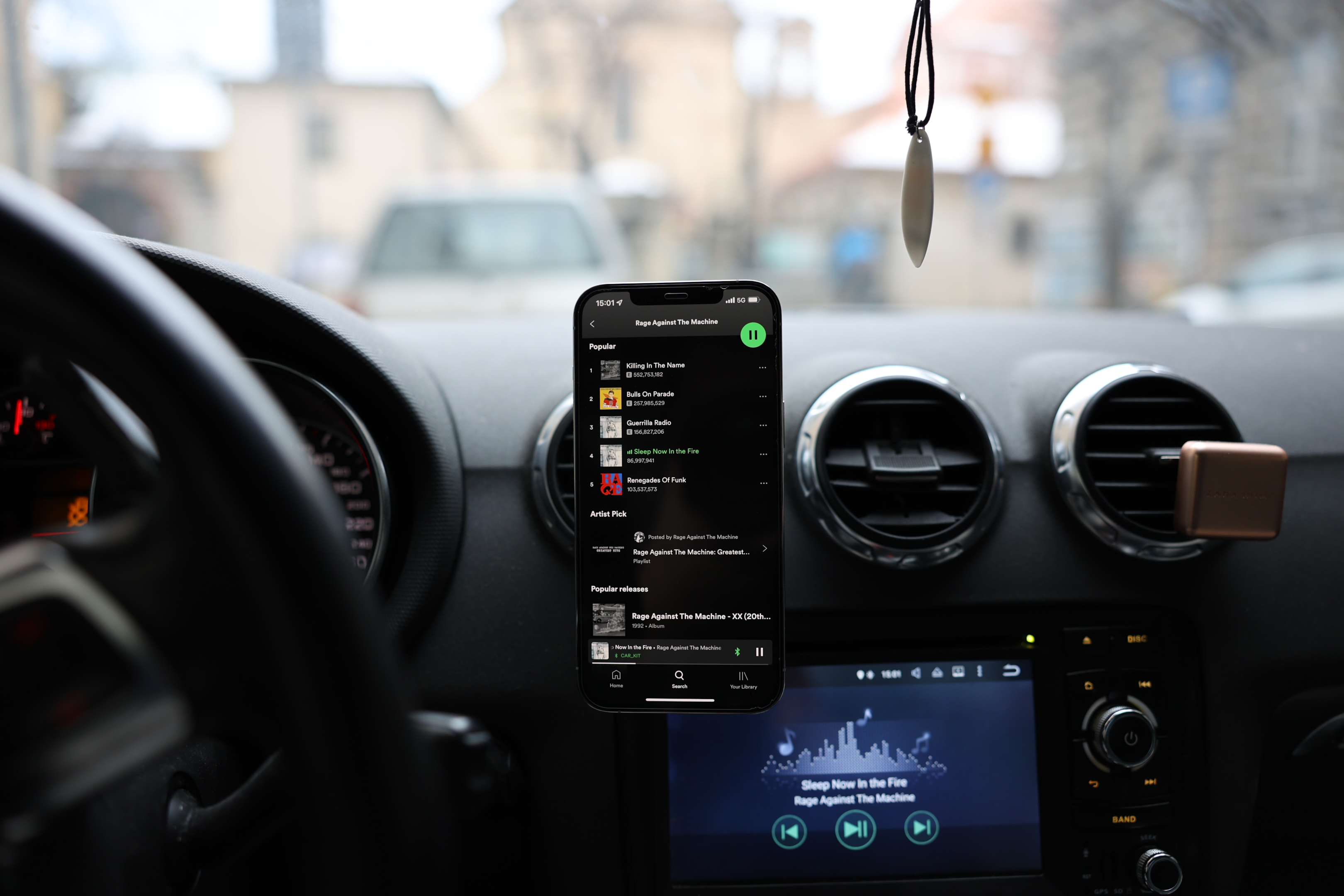
Popular editorial playlists, such as those found on streaming platforms like Spotify, Apple Music, or YouTube Music, often share several key characteristics. While these characteristics may vary slightly depending on the platform and the specific playlist, here are some common traits:
-
Curation By Experts: Editorial playlists are typically curated by music industry professionals or experienced curators who have a deep understanding of different genres, trends, and audience preferences. They carefully select tracks that they believe will resonate with listeners and create a cohesive listening experience.
-
Diverse Music Selection: Popular editorial playlists aim to offer a diverse range of music to cater to various tastes and moods. They may feature a mix of popular hits, emerging artists, established acts, and deep cuts across different genres and subgenres. This variety helps attract a wider audience and keeps the playlist engaging.
-
Focus On Current Trends: Editorial playlists often include songs that are currently popular or gaining traction in the music industry. They may highlight new releases, trending genres, or tracks that are receiving significant attention on social media platforms or through other promotional channels. This emphasis on trends helps keep the playlist fresh and relevant.
-
Quality And Production Value: Playlists curated by streaming platforms' editorial teams often prioritize high-quality music with professional production values. They aim to provide listeners with well-produced and sonically pleasing tracks that showcase the talent and artistry of the featured artists.
-
User Engagement: Some popular editorial playlists take user engagement into account by incorporating user-generated content or allowing listeners to submit their own recommendations. This interactive element helps create a sense of community and allows users to feel more connected to the playlist.
-
Regular Updates: Editorial playlists are typically updated regularly to reflect new releases, evolving trends, and changing audience preferences. This ensures that the playlist remains fresh and engaging, encouraging listeners to return and discover new music on an ongoing basis.
-
Branding And Promotion: Editorial playlists often have distinct visual branding and may be associated with specific themes, moods, or genres. They may be promoted prominently within the streaming platform's interface or through various marketing channels to increase their visibility and attract a larger audience.
Preparing Your Music For Editorial Playlists
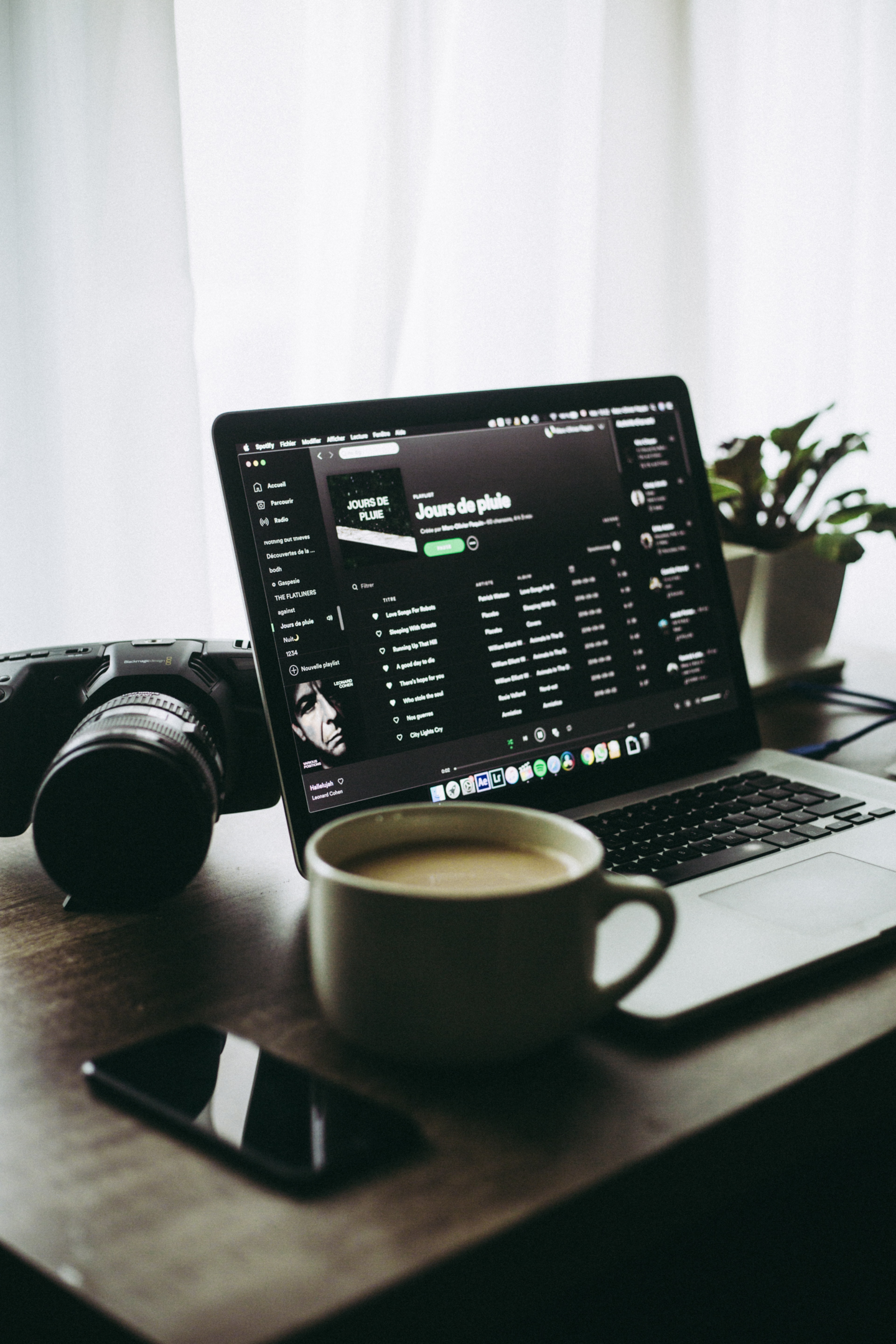
Preparing your music for editorial playlists can significantly boost its visibility and increase your chances of reaching a wider audience. Here are some essential steps to consider when preparing your music for editorial playlists:
-
High-Quality Production: Ensure that your music is professionally produced, mixed, and mastered. The overall sound quality plays a crucial role in capturing the attention of playlist curators.
-
Originality And Unique Sound: Stand out from the crowd by creating a distinctive sound that sets you apart from other artists. Playlist curators are often looking for fresh, innovative tracks to feature.
-
Catchy Hooks And Memorable Melodies: Focus on creating hooks and melodies that are memorable and easily resonate with listeners. Engaging musical elements can increase the chances of your track being added to a playlist.
-
Radio-Ready Length: Keep your song length within a reasonable range. Aim for around three to four minutes, as shorter tracks are generally preferred for playlist inclusion.
-
Captivating Introductions: Grab the listener's attention right from the start. Create an intriguing introduction that entices playlist curators and listeners to continue listening.
-
Strong Song Structure: Pay attention to the overall structure of your song. Develop a compelling arrangement that flows smoothly and keeps the listener engaged throughout.
-
Standout Opening And Closing Moments: Make sure the beginning and ending of your track are particularly impactful. These moments are crucial for playlist curators who often sample songs before adding them.
-
Polished Metadata: Attach accurate and comprehensive metadata to your music files. This includes the artist name, track title, genre, release date, and album artwork. Consistent metadata helps curators properly identify and categorize your music.
-
Engaging Artist Profile: Craft an intriguing artist bio and provide high-quality press photos. A captivating artist profile can pique the interest of playlist curators and encourage them to explore your music further.
-
Strategic Release Plan: Coordinate your release strategy with playlist considerations in mind. Plan your release date and promotional efforts to align with editorial playlist submission windows.
-
Engage With Playlist Curators: Reach out to playlist curators and express your genuine interest in their playlists. Personalized and polite messages can help establish relationships and increase the chances of your music being considered.
-
Promote Your Music: Actively promote your music through social media, your website, and other online platforms. The more traction and engagement your track receives, the more likely it is to catch the attention of playlist curators.
Remember, the process of getting your music onto editorial playlists can be highly competitive. Keep honing your craft, building your fan base, and refining your promotional strategies to maximize your chances of success.
Researching And Targeting Editorial Playlists (Spotify Playlists)
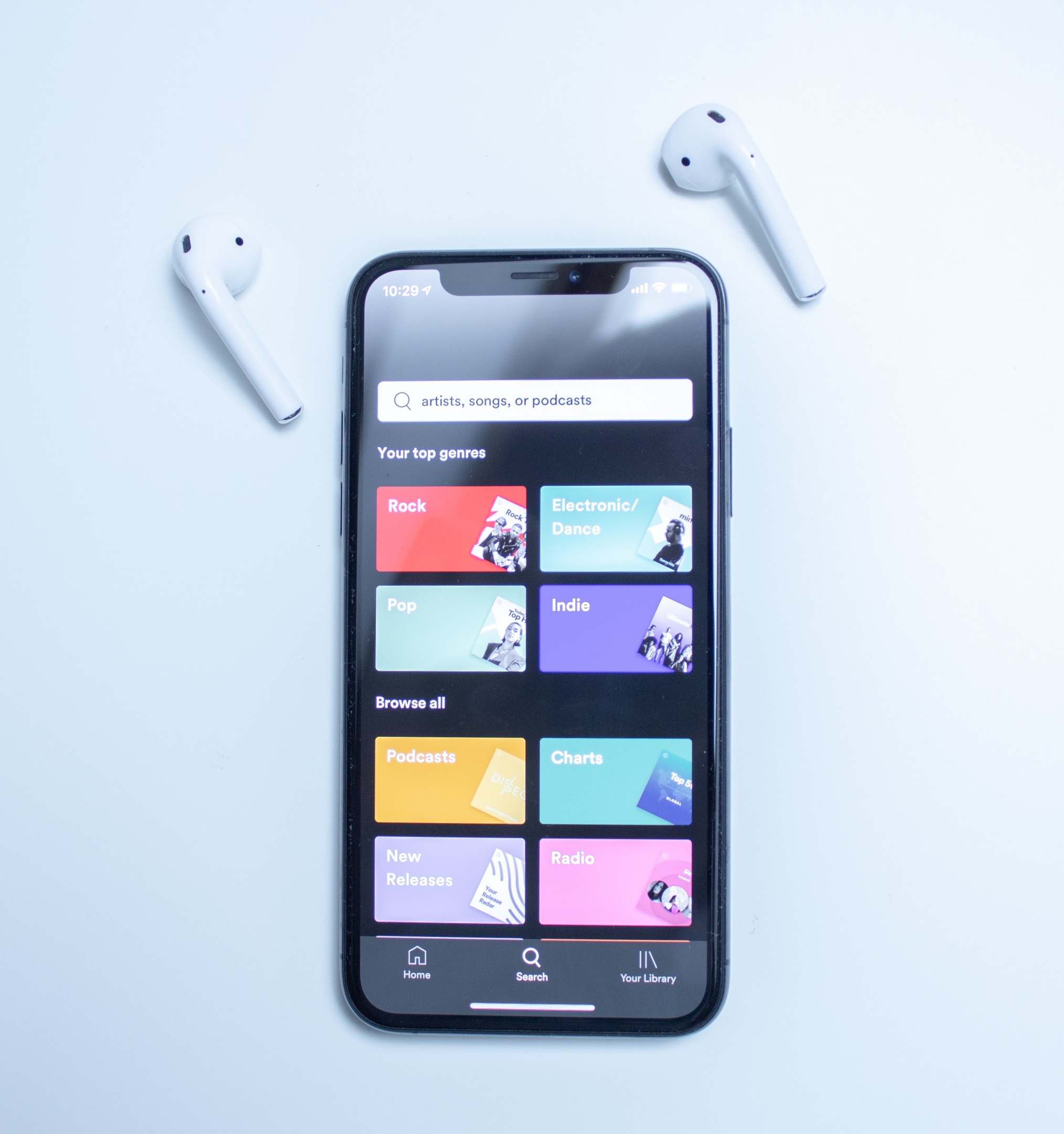
When it comes to researching and targeting editorial playlists, there are several steps you can take to increase your chances of getting your music featured. Here's a guide to help you navigate the playlist consideration process:
-
Understand the importance of editorial playlists: Editorial playlists are curated by streaming platforms, such as Spotify, Apple Music, and others. Getting your music featured on these playlists can significantly boost your exposure and reach a wider audience.
-
Analyze your music: Start by critically evaluating your music to determine which editorial playlists might be a good fit. Consider the genre, mood, and overall style of your songs. This will help you identify the playlists that align with your sound.
-
Research relevant playlists: Explore the different editorial playlists on the streaming platforms you are targeting. Look for playlists that feature artists similar to your style or playlists that match the mood and vibe of your music. Take note of their names, curators, and any submission guidelines provided.
-
Utilize streaming platform resources: Streaming platforms often provide resources for artists to submit their music for consideration. Visit the official websites or artist portals of these platforms to learn more about their playlist submission process. For example, Spotify has the Spotify for Artists platform, while Apple Music has the Apple Music for Artists dashboard.
-
Follow submission guidelines: Pay close attention to the submission guidelines provided by each streaming platform. They may specify the preferred method of submission, the required format (e.g., streaming links, MP3 files), and any additional information they need from you.
-
Build relationships with curators: Some streaming platforms allow you to directly contact curators or playlist editors. Reach out to them respectfully and professionally, introducing yourself and sharing your music. However, avoid spamming or sending unsolicited messages, as this can harm your chances.
-
Work on your music's metadata: Ensure your music's metadata, including song titles, artist names, and genre tags, are accurate and consistent across platforms. This helps curators find your music and categorize it correctly.
-
Promote your music independently: While targeting editorial playlists is essential, don't neglect other promotional strategies. Build your online presence, engage with your audience on social media, collaborate with other artists, seek blog reviews, and consider working with a music PR agency or distributor who has existing connections with curators.
-
Monitor and adapt: Keep track of your submissions and monitor the performance of your music. If you don't get selected for a particular playlist, don't get discouraged. Keep refining your approach, creating high-quality music, and exploring new opportunities.
Remember, getting your music featured on editorial playlists can be a competitive process, so it's crucial to be patient and persistent. Keep refining your craft, engaging with your audience, and exploring various promotional avenues to increase your chances of success.
Pitching Your Music To Curators (Spotify Editorial Playlists)
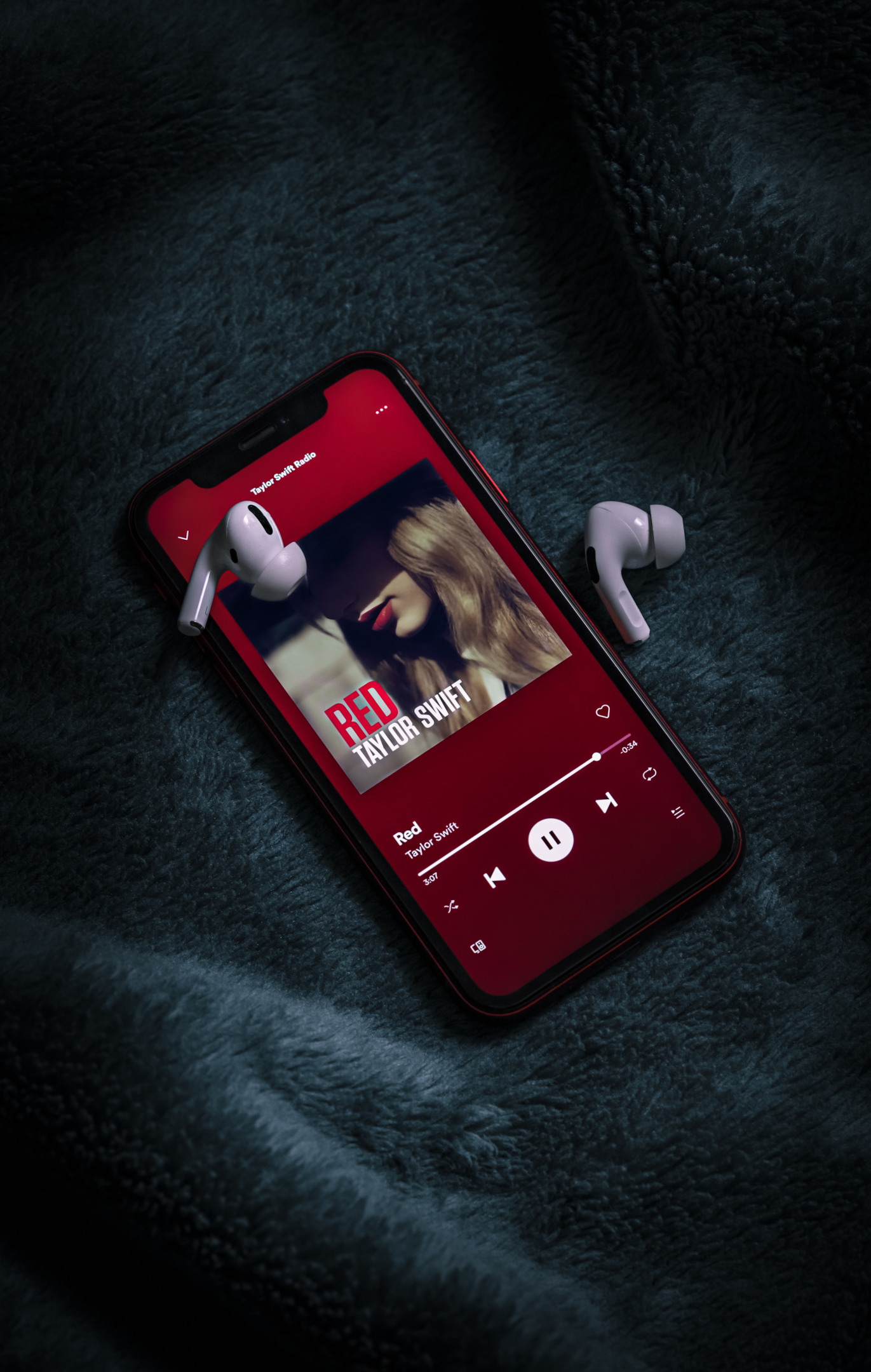 |
|
Pitching your music to playlist curators can be an effective way to Spotify profile, gain exposure, and increase your chances of reaching a wider audience. Here are some tips to help you create a compelling pitch:
-
Research The Playlists: Start by researching playlists that align with your music genre and style. Look for playlists on popular streaming platforms like Spotify, Apple Music, or YouTube that have a significant number of followers and regularly update their content. Pay attention to the playlist curators' preferences, the type of music they feature, and any submission guidelines they may have.
-
Personalize Your Pitch: When reaching out to playlist curators, make your pitch personalized and relevant to their playlist. Address them by their name if possible, and mention specific tracks or playlists they have curated that you admire. This demonstrates that you've done your homework and increases your chances of capturing their attention.
-
Be Concise And Clear: Keep your pitch concise and to the point. Curators receive numerous submissions, so it's important to make a strong impression quickly. Introduce yourself, provide a brief background about your music, and highlight what makes your music unique. Mention any notable achievements or accolades you've received to build credibility.
-
Focus On The Listener Experience: Emphasize how your music can enhance the listener's experience within the curator's playlist. Explain how your sound complements the overall vibe and theme of the playlist, and how it can engage and captivate the playlist's audience. Curators are looking for tracks that fit seamlessly into their playlists, so show them how your music can achieve that.
-
Provide Easy Access: Make it as easy as possible for playlist curators to access your music. Include links to your music streaming platforms, such as Spotify or SoundCloud, where they can listen to your tracks. If you have any press photos or a well-designed electronic press kit (EPK), include links to those as well. Avoid attaching large files directly to your email as they might get filtered as spam.
-
Follow Submission Guidelines: Some playlist curators have specific guidelines for music submissions. Pay close attention to these guidelines and follow them meticulously. They might include instructions on how to submit, preferred file formats, or additional information they require. Adhering to these guidelines demonstrates professionalism and respect for the curator's process.
-
Be Polite And Gracious: Always maintain a polite and professional tone in your communications. Thank the curator for their time and consideration, even if they don't add your music to their playlist. Building positive relationships with curators is essential for future opportunities, and they might remember your professionalism and consider your music for future playlists.
Remember that playlist curators receive numerous submissions, so don't get discouraged if you don't receive an immediate response or placement. Keep refining your pitch, continue creating great music, and consistently engage with playlist curators and the music community. Over time, your efforts to Spotify playlist curators can lead to valuable connections and increased visibility for your music.
The Wrap-Up
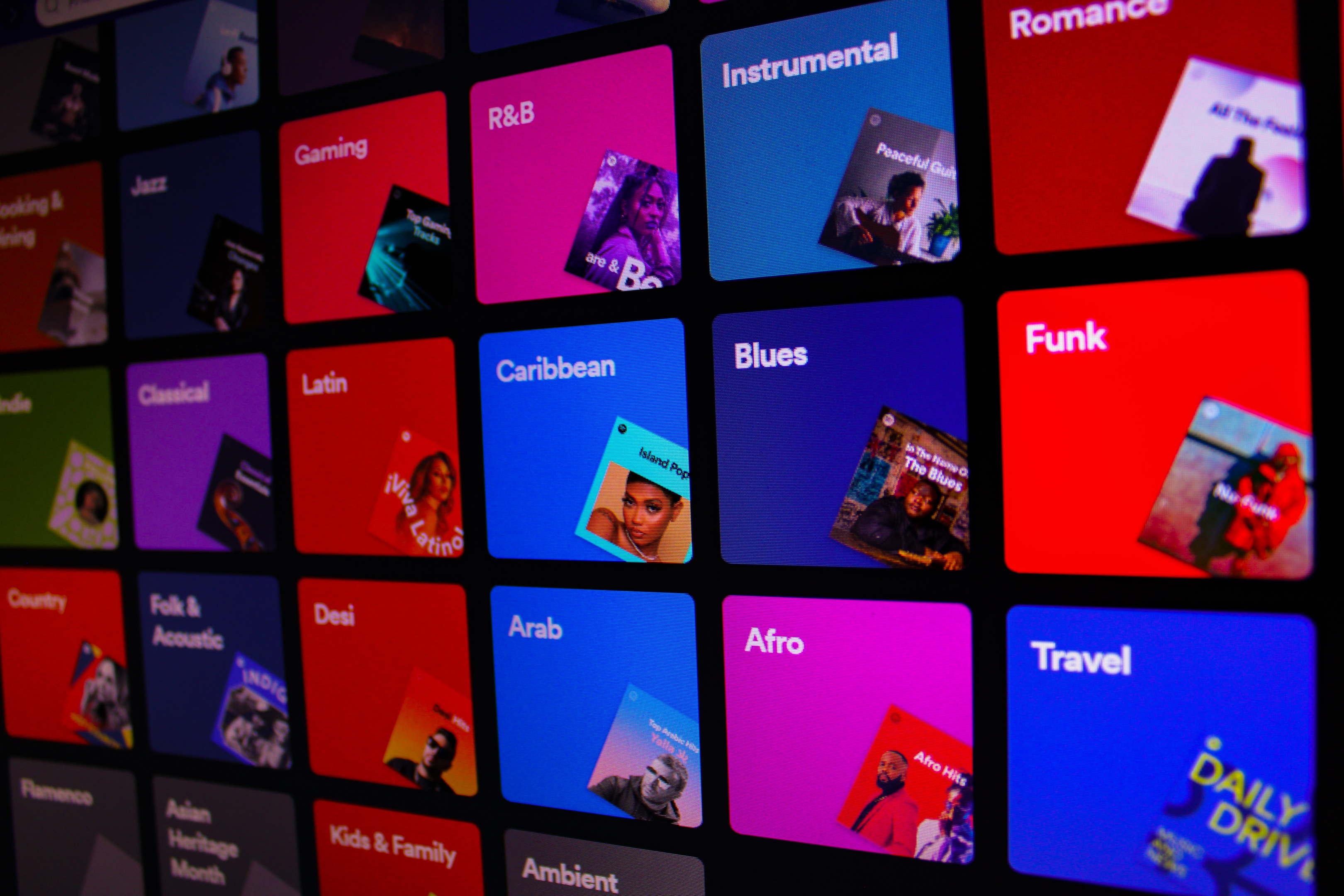
Persistence and patience are absolutely vital when it comes to getting your music on editorial playlists.
The music industry is highly competitive and ever-evolving. Countless talented artists are vying for limited spots on editorial playlists, which means you'll likely face numerous rejections and setbacks along the way. However, instead of being discouraged by these obstacles, persistence allows you to maintain your determination and keep pushing forward.
When submitting your music to curators or playlist editors, it's important to remember that they receive an overwhelming amount of submissions daily. It may take several attempts before your music catches their attention or aligns with one song their current playlist themes and objectives. By consistently reaching out and following up, you demonstrate your commitment to your craft and increase the chances of your music being noticed.
Patience is also key because building relationships and gaining recognition within the music industry takes time. Playlists are curated by individuals who have their own music tastes, preferences, and strategies to release music. It may require multiple releases, networking efforts, and interactions before your music resonates with the right playlist curator. Cultivating these connections and establishing a reputation as a reliable and talented artist often occurs gradually.
Ultimately, persistence and patience go hand in hand when it comes to securing a spot on music editorial playlists. Through persistence, you keep refining your craft, reaching out to independent playlist curators, and submitting your music. Patience allows you to weather the inevitable rejections and setbacks, while also giving you the time needed to build meaningful connections and gain recognition in the industry.
Remember, success rarely happens overnight. By consistently honing your skills, staying resilient, and maintaining a positive attitude, you increase your chances of catching the attention of playlist curators and finding your place among the music industry's most influential playlists.
Get your music on playlists now.
It’s time you get your exposure and listeners up - playlisting by Boost Collective has been trusted by 50,000+ artists worldwide.
It’s easy: Search your song, get on playlists, and track your campaign.
What’re you waiting for? Tap in - and get added to playlists in 24 hours.
Join Boost Collective for free here.

